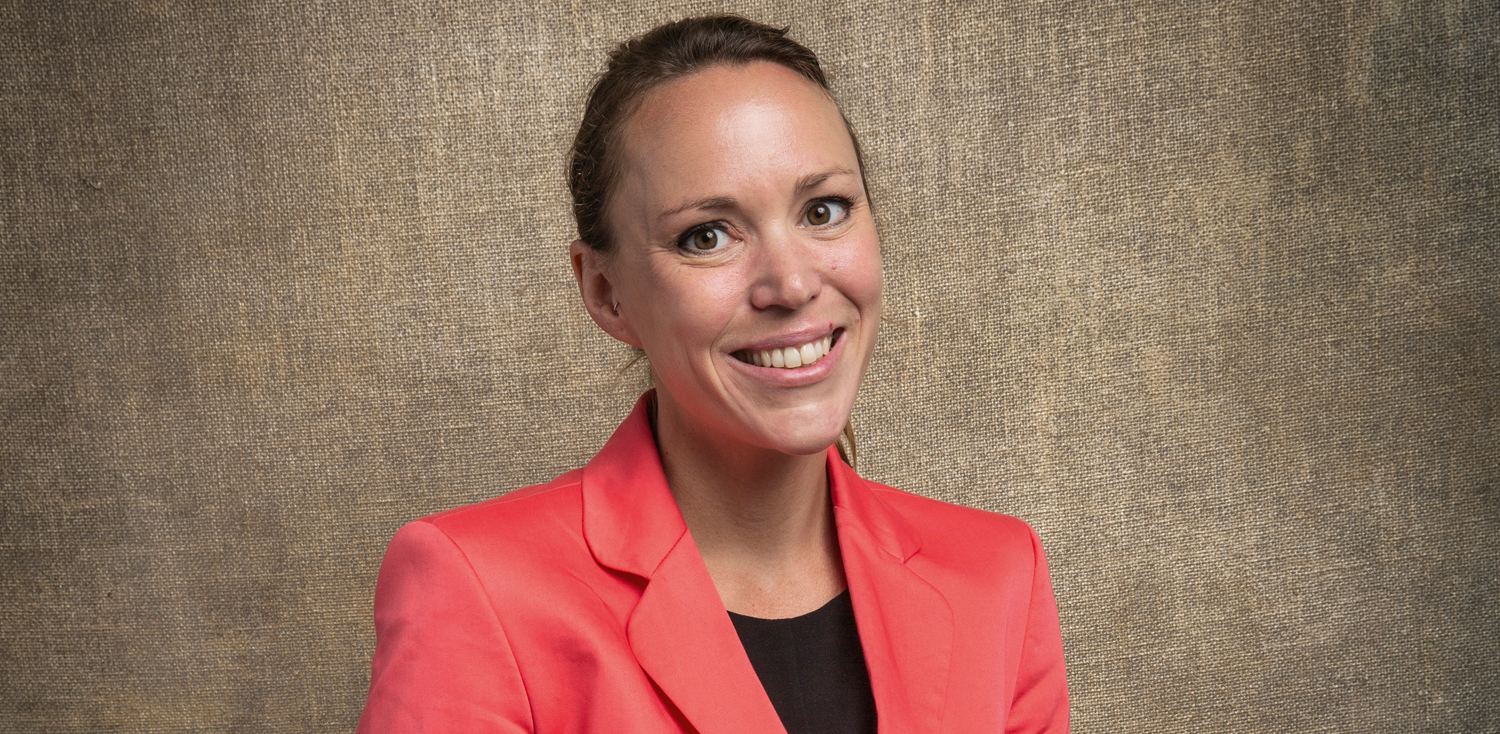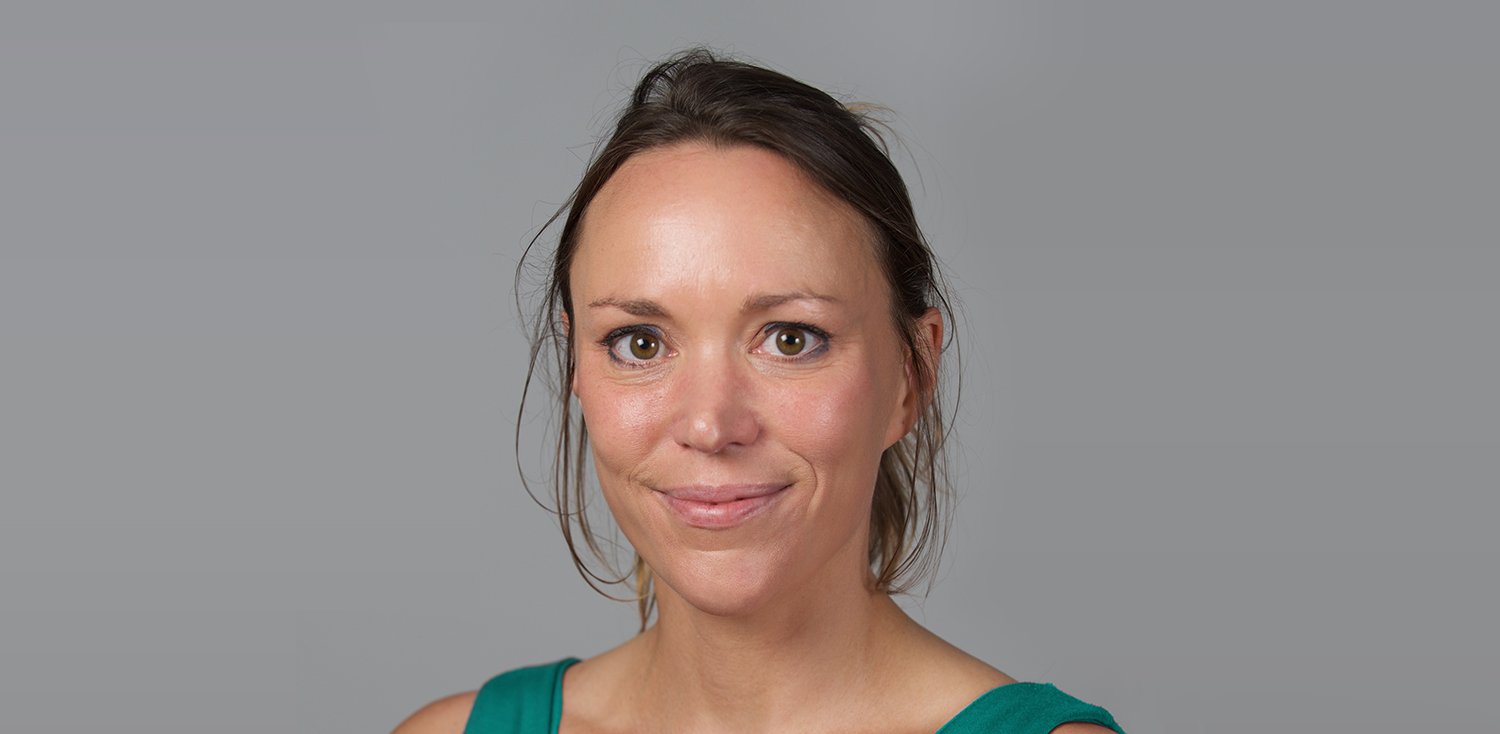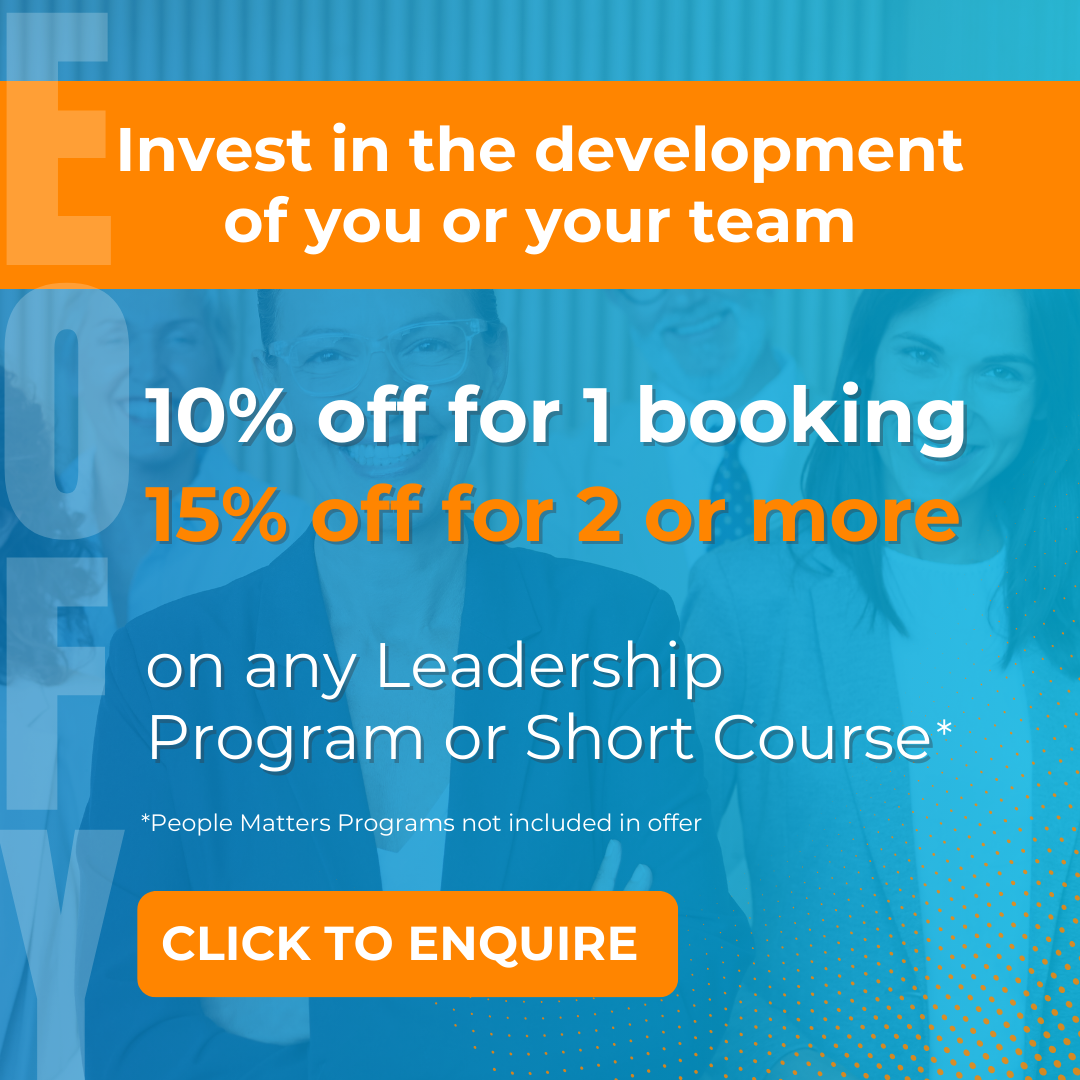By Craig Baty FIML
In this second of five articles about digital transformation for non-technical leaders, we’ll look at workplace innovation. After learning what digital transformation is in last week’s blog, what should leaders understand about how technology shapes the modern workplace?
Defining today’s workplace
Digital technology has transformed the workplace, as it has so much else. The very concept of the workplace has evolved. For an increasing number of people, it is no longer a physical location. Rather, it describes the wider virtual environment enabled by such technology as smartphones, mobile broadband, virtual and augmented reality, collaboration tools and a range of other workplace productivity technologies.
It is now more than 40 years since digital technology transformed the back offices of large organisations. It is just over 30 years since the PC revolution swept through the front office and brought personal productivity tools such as word processors and spreadsheets to all information workers. Twenty years ago the Internet became a common business tool and the Apple iPhone ushered in the smart phone revolution around 10 years ago.
Each of these waves of technology transformed the workplace. We are now experiencing another revolution, driven by new technologies such as Artificial Intelligence and the cloud-based delivery of personal and workplace productivity tools.
Technological backbone of the modern workplace
There are many names for the rapidly changing use of technology and related enabling policies at work including Workplace Innovation, Workstyle Innovation, Smart Workplace and others. Many technologies work together to make it happen. These include:
- Collaboration tools: software that helps individuals in the workplace to work together on projects by sharing applications and data. Collaboration is not a new idea, but Cloud and artificial intelligence have enabled new ways of working together. At the same time, existing personal productivity tools such as Microsoft Office migrated to the Cloud and brought a new dimension to collaboration.
- Social media: this is a consumer technology increasingly being used for workplace productivity. Sophisticated analysis tools, many of them driven by AI techniques, are leveraging social networks as important business tools.
- Workflow and content management: another existing workplace application that has been revolutionised by new technology.
- Mobility: smartphones, mobile broadband and mobile apps have enabled individuals to work anytime and anywhere.
- Unified communications: the bringing together of different media – voice, data, image, video – into one integrated corporate communication system.
Not everybody is an information worker. New technologies are also transforming workplaces in areas as diverse as manufacturing, transport, energy, utilities and mining. Many of these applications, such as virtual and augmented reality, use a combination of technologies based on AI, the Internet of Things and other innovations. Individuals, the workplace, and the enterprise have never been more connected. Leaders should continue to work with their HR/HCM teams to identify any blockages to productivity and employee satisfaction, safety and engagement and with their ICT teams to co-create appropriate policies and procure the technology to enable them.
In next week’s blog, we will cover the Internet of Things (IoT).
Digital transformation – why you should care
Join us in Sydney where Craig will present an informative and insightful TEL Talk: Digital Transformation – Why should I care? This brief primer on Digital Transformation will address:
- What is Digital Transformation and why is it important for today’s leader?
- What are the key technologies and processes to be aware of?
- How have these technologies been used to create truly transformative business outcomes?
- As a leader, how can you prepare yourself for an increasingly digitalised future?
Craig Baty is Principal and Founder of Technology & Management Services (TMS), which specialises in research-based data-driven thought leadership and consulting for ICT strategy, outsourcing, vendor management, go-to-market execution, and market and competitive intelligence. TMS also consults on cross-cultural communications and managing virtual teams across multiple geographies. He previously held C-level leadership roles with global telecommunications provider BT (British Telecom), Japanese ICT & technology giant Fujitsu and ICT research and advisory firm Gartner. Craig currently serves as NSW Vice Chair of the Australian Computer Society (ACS) and on the NSW Council of the Australian Information Industry Association (AIIA).










 By Brian Dorricott
By Brian Dorricott




